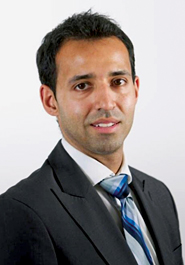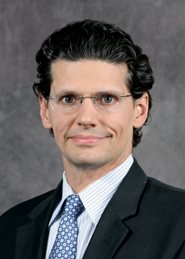Electronic trading is on the rise outside the United States and the Eurozone. Several countries, such as Japan and Brazil, are seeing their markets move into the electronic trading realm as investors seek higher investment returns abroad.
For electronic trading to take hold, countries require fragmented markets, wider trading spreads and advancements in technology, said Mani Singh, head of non-dollar electronic sales at Citi. Japan and Brazil are experiencing all of the above.

"Some of the things we’ve seen that are tipping points in market microstructure in these countries are advancements in trading technology, collocation, fragmentation and the introduction of dark pools," Singh said. "Markets that have these characteristics are more conducive to electronic trading."
Equity analysts have pointed to the attractiveness of Asian stocks, which are rebounding after the effects of the 2011 earthquake and tsunami. The Nikkei index is expected to end the year up 30 percent. Also, equity markets in Brazil are forecast to rebound-with the Bovespa index forecast to end the year up 32 percent.
In Japan, increased fragmentation has led more investors to trade electronically. Greg Treacy, head of global execution services at Bank of America Merrill Lynch, said about 30 percent of all trades in Japan are done electronically-a figure he expects to grow. While the Tokyo Stock Exchange remains the primary trading venue, other proprietary trading systems (akin to ATSs in the U.S.) have emerged, such as Chi-Japan, which garners a 3 percent market share, and Japan Next, which has a 3.5 percent market share.
"While not as fragmented as the U.S., Japan is trending in that direction," Treacy said, noting that with more venues sprouting up, electronic trading will increase in kind. "We feel pretty sure that over time, Japan will get to a critical mass where the locals will enter the market and fragmentation will increase. It’s a question of time-not if, but when."
Fragmentation is not all. Treacy said investors are increasingly deciding to trade algorithmically, given the wider spreads in Japanese/Asian equities. According to the broker’s data, the spread on an average Nikkei 225 stock is almost 15 cents.
To capture that wide spread, investors are using basic algorithms such as volume-weighted average price or percent of volume to trade. About 80 percent of all electronic trades are executed using these two strategies, he added.
"While investors are using POV and VWAP so widely, these strategies are reactive," Treacy said. "We are trying to get clients to migrate to more proactive strategies eventually, such as price arrival or adaptive shortfall. Over time these strategies will perform better than VWAP."
Advances in trading technology have also aided in the increase in electronic trading in these markets, Citi’s Singh said. He said that over the last 18 months, significant advancements in trading technology, along with other regulatory changes, have resulted in an evolving trading landscape for emerging markets.
For example, Singh said, Japan’s Tokyo Stock Exchange upgraded its technology infrastructure in the last couple of years. Most recently, the exchange introduced its next-generation trading platform Arrowhead, which processes orders within five milliseconds. This compares with between 2 to 3 seconds prior to the new system. The bourse now also has the ability to distribute and display a deeper order book-capable of handling 46 million orders per day, compared with 7 million on the old platform.
And Brazil’s Bovespa is upgrading its infrastructure to increase message throughput to upward of 200 million messages per second. This advance has allowed high-frequency traders to participate in the market. Singh said HFTs now constitute about 12 percent of cash equity trading in Brazil.
"This message throughput is an important attribute to enable HFTs to provide liquidity in these markets," Singh said. "They need certain core characteristics to allow their models to run efficiently. Among the most critical are speed, throughput and infrastructure for direct connections."

BoA’s Treacy said Brazil, while a young and immature market, has a lot of upside from an electronic trading perspective.
"Clearly, we have clients who two years ago didn’t trade algorithmically in Asia or Brazil at all and now they are starting to," Treacy said. "And there are clients who two years ago were trading electronically and are now ramping up their operations even more. I don’t see any signs that this trend is abating."
(c) 2012 Traders Magazine and SourceMedia, Inc. All Rights Reserved.
http://www.tradersmagazine.com




